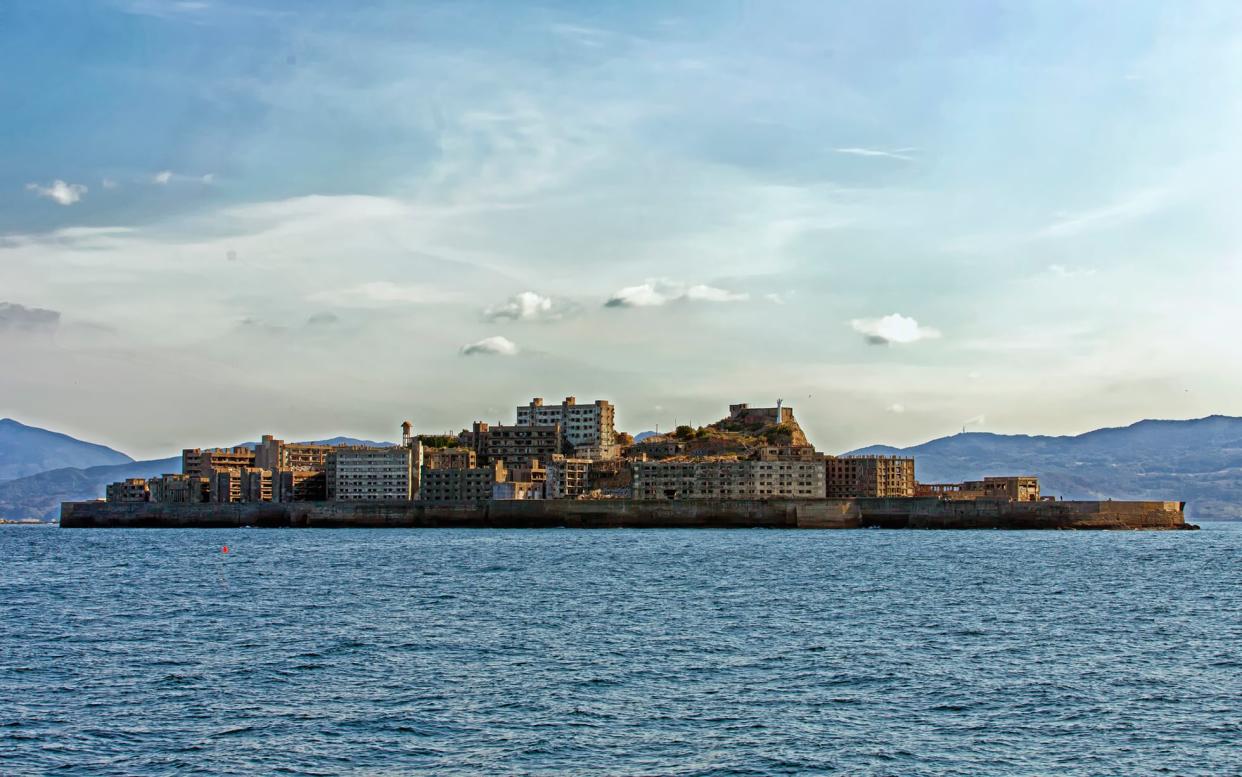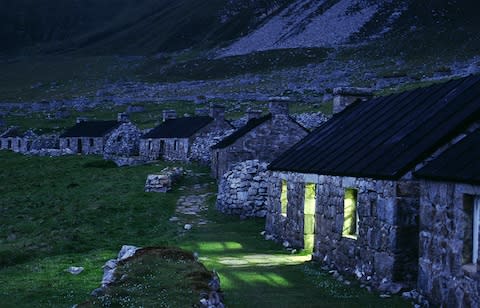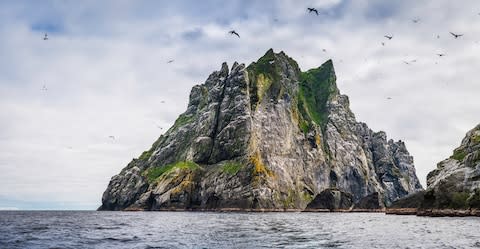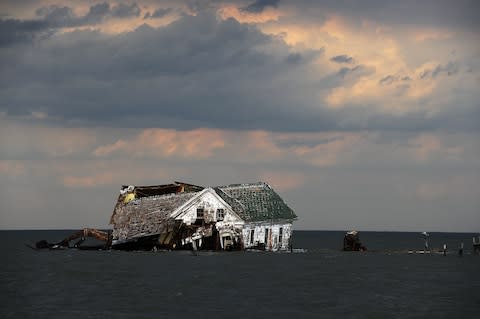The fascinating stories behind six abandoned islands

St Kilda, Scotland
Scotland has more than its fair share of abandoned islands, such as this lonely speck of land 40 miles northwest of the Outer Hebrides and 112 miles west of the Scottish mainland.
The ageing Gaelic-speaking population had dwindled to 35 people by 1930, when they were evacuated.

“The problem of the evacuation of St Kilda became urgent a few months ago owing to the rapidly dwindling population and their difficulty in eking out a livelihood by gathering seabirds’ eggs and fishing,” said the Telegraph’s report at the time. “The islanders express the utmost satisfaction at leaving their old home, and have no regrets. All are eager to see the last of the place.”

These days many Britons are eager to go back (for the day, at least). It’s now a UNESCO World Heritage Site and birders’ paradise (its cliffs are home to a million seabirds) administered by the National Trust for Scotland, Scottish Natural Heritage and Ministry of Defence. NTS cruises land, weather permitting, on the main island of Hirta. See nts.org.uk/Cruises.
Holland Island, Maryland
Originally settled in the 17th century, Holland Island - in Chesapeake Bay - was home to as many as 360 people in 1914, who made a living dredging for oysters, fishing and crabbing. It had 70 homes, a post office, a school, a community centre - even a baseball team, while its fleet of boats was 87-strong.
But the good times couldn’t last. “Year after year, northwest winds whipped up thirty miles of open water to hurl foot-high waves at the island’s exposed western ridge,” explains William B Cronin in his book The Disappearing Islands of Chesapeake. “Foot by foot, yard by yard, the shore gave way, and by 1900 erosion threatened the homes and businesses strung out along the ridge. Islanders could only watch as the bay ate away at the narrowing strip of land. Families clung to their homes as long as they could, shoring up a bit here, filling a bit there, but the forces at work were beyond their control. With homes of the verge of falling into the bay, people packed up and left for the mainland, taking everything they owned, including their houses. Finally in 1918 a summer gale drove the last family from Holland Island, [leaving it] to flocks of songbirds, blue herons, and sea gulls.”

Other islands in Chesapeake Bay suffered the same fate. James Island was abandoned around 1910, Barren Island in 1916.
Today Holland Island has been all but erased, turned to marshland and completely submerged at high tide. The last surviving house, which had for years appeared to rise directly from the depths, collapsed in 2010.

Brentford Ait, London
Now uninhabited, with no buildings, Brentford Ait was once home to the notorious Three Swans pub. Fred S. Thacker’s The Thames Highway – Locks and Weirs, published in 1920, explains: “In March 1811 one Robert Hunter of Kew Green described the island to the city as ‘a great Nuisance to this parish and the Neighbourhood on both sides of the River.’ It contained a ‘House of Entertainment, which has long been a Harbour for Men and women of the worst description, where riotous and indecent Scenes were often exhibited during the Summer Months on Sundays’.”
It is now covered with willows, planted to obscure the Brentford gasworks from the view of Kew Gardens. A gap in the middle of the island, apparent at low tide, is known as Hog Hole.

